The Twin Scope Stethoscope is a specialized medical instrument designed to allow two individuals to simultaneously listen to the internal sounds of a patient’s body. This unique feature makes it an invaluable tool in medical education, collaborative diagnostics, and training settings where real-time shared auscultation enhances learning and patient care. By enabling dual listening, instructors can guide students through the nuances of heart, lung, and other bodily sounds, providing immediate feedback and fostering a deeper understanding of diagnostic techniques.
Constructed with high-quality materials, the Twin Scope Stethoscope typically features a dual-head chest piece connected to two sets of earpieces through separate tubing systems. The chest piece often includes both a diaphragm and a bell, allowing users to detect a wide range of frequencies. The diaphragm is ideal for high-frequency sounds like normal heartbeats and breath sounds, while the bell is suited for low-frequency sounds such as heart murmurs and certain bowel sounds.
The dual tubing is designed to deliver clear and precise acoustics to both listeners without loss of sound quality. Each earpiece set comes with soft, comfortable ear tips that provide a secure fit and effective noise isolation, ensuring that ambient sounds do not interfere with the examination. The tubing is generally made from durable, latex-free materials that resist wear and tear, making the stethoscope suitable for regular use in busy clinical environments.
Beyond educational settings, the Twin Scope Stethoscope is also beneficial in clinical practice where collaborative diagnosis is essential. It allows multiple healthcare professionals to listen simultaneously, facilitating discussions and consensus during patient examinations. This can enhance diagnostic accuracy and improve patient outcomes by combining the expertise of different practitioners.
In summary, the Twin Scope Stethoscope is an innovative tool that enhances both learning and clinical practice. Its ability to enable simultaneous auscultation makes it a valuable asset for medical professionals seeking to improve diagnostic skills, educate others, and provide high-quality patient care.

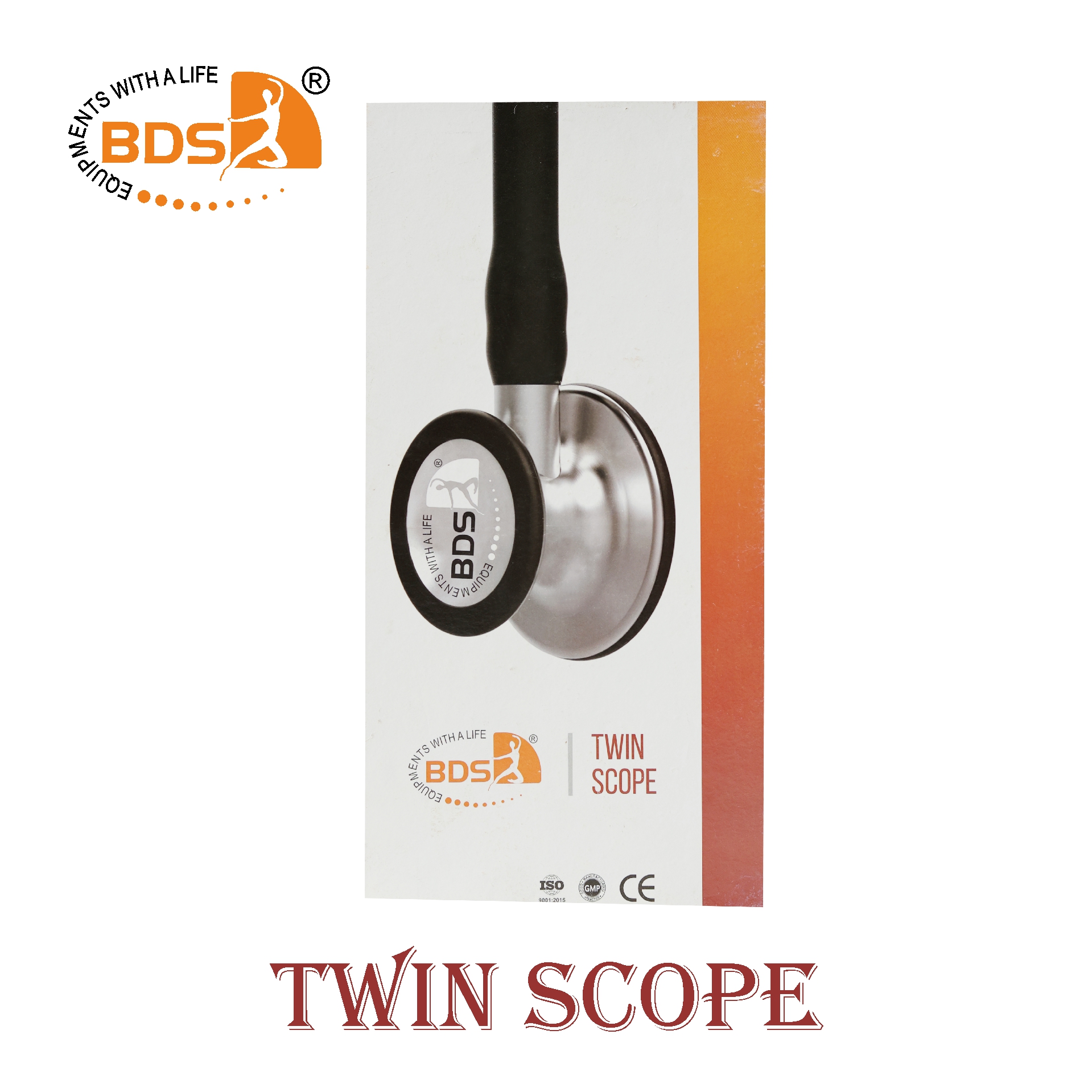
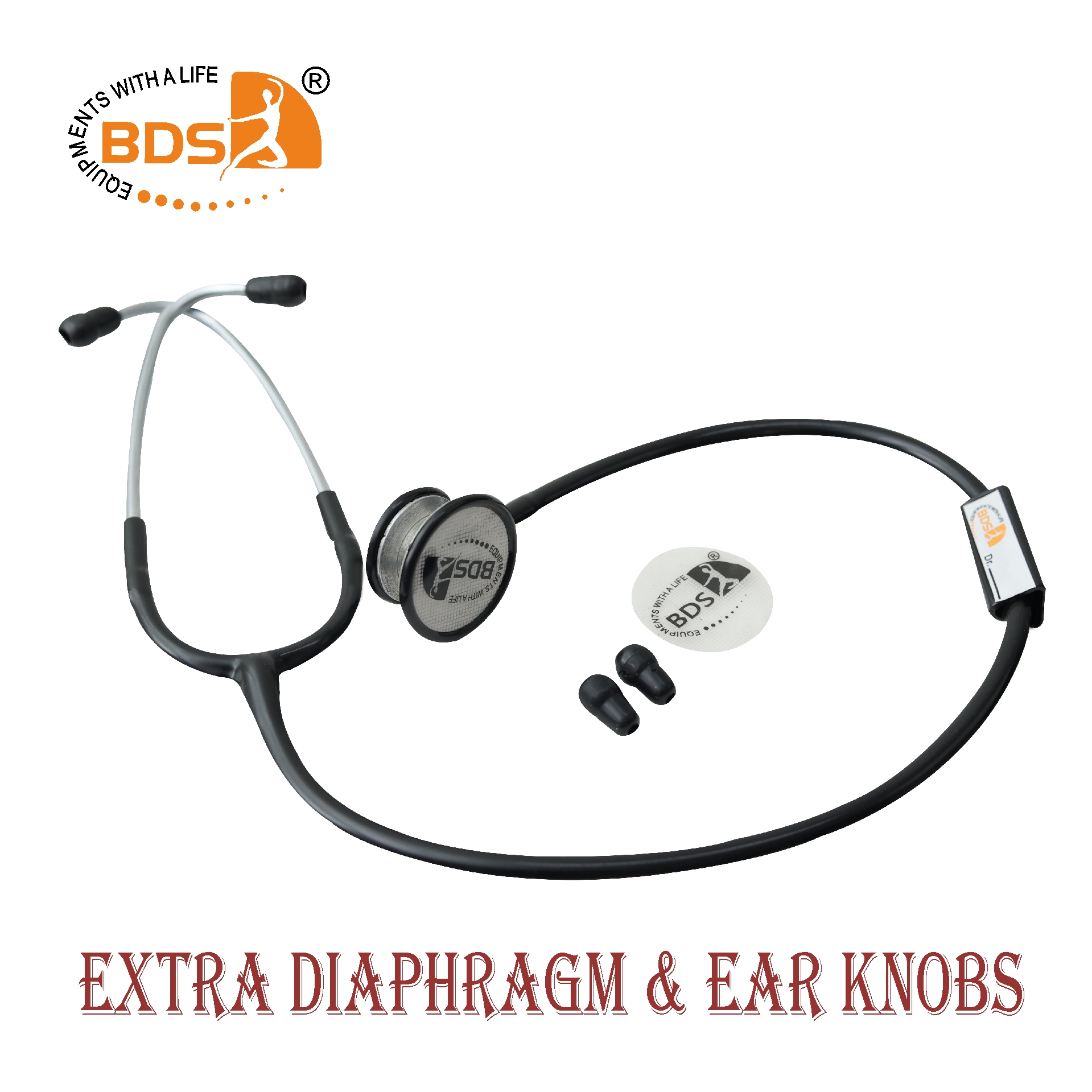


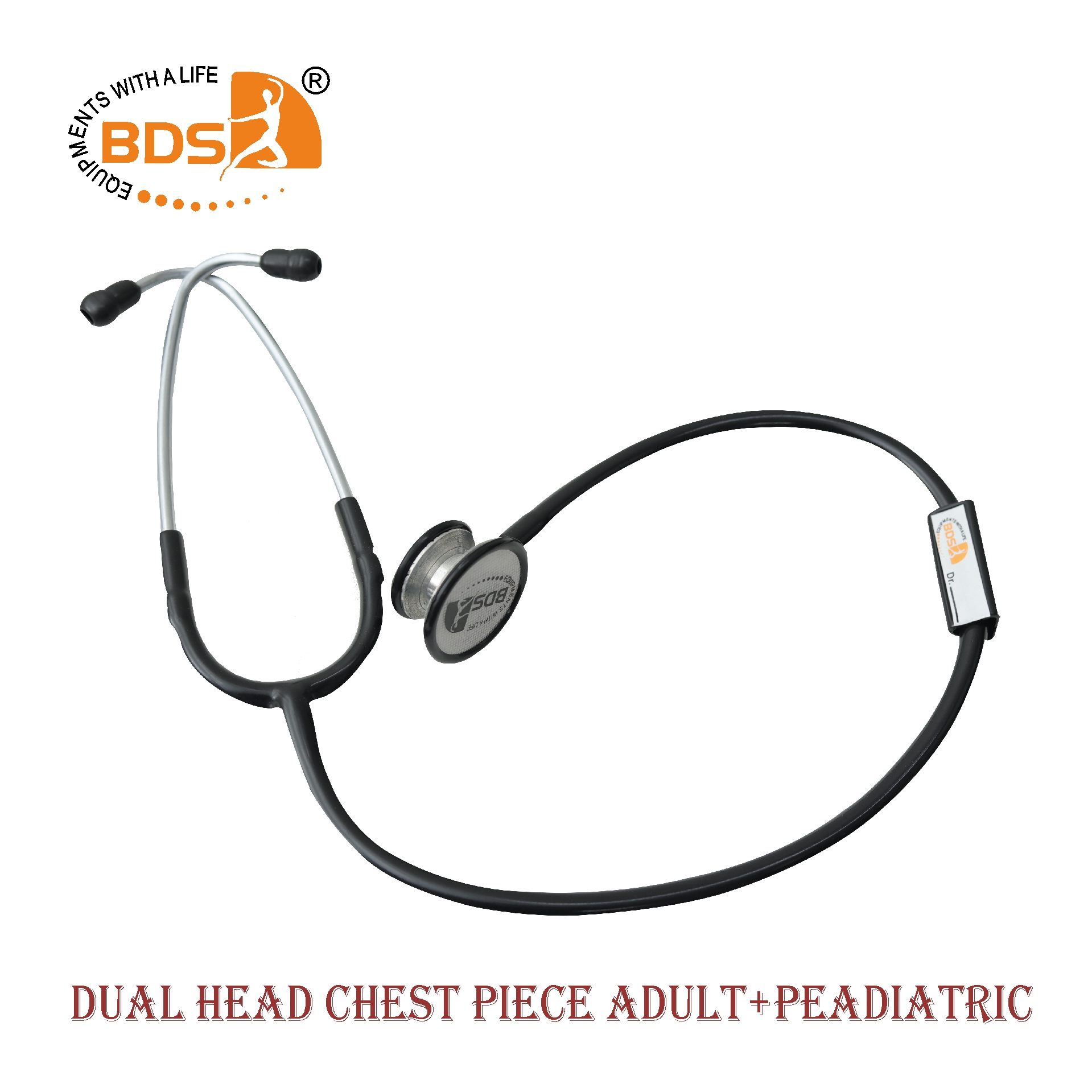






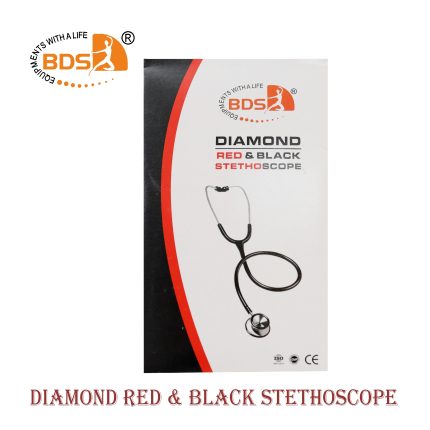


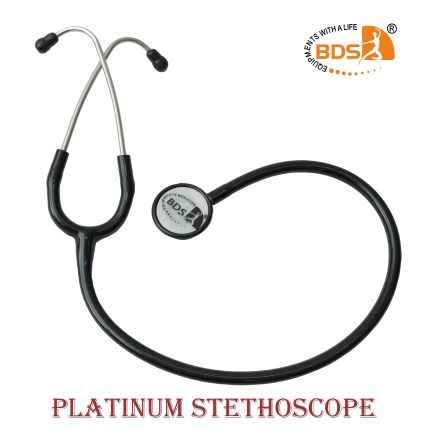
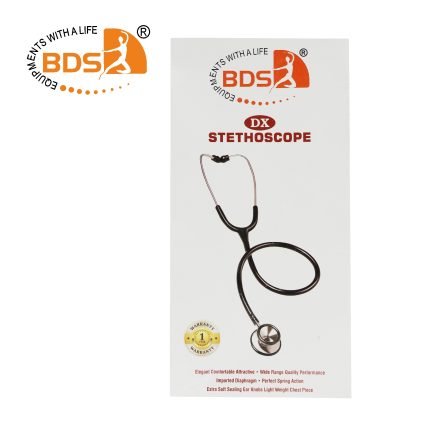



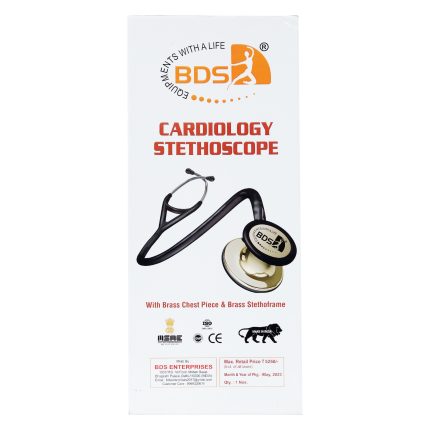
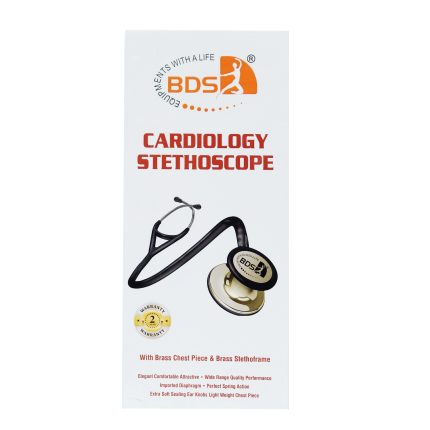

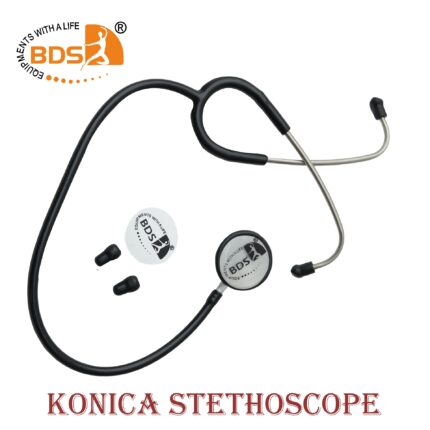
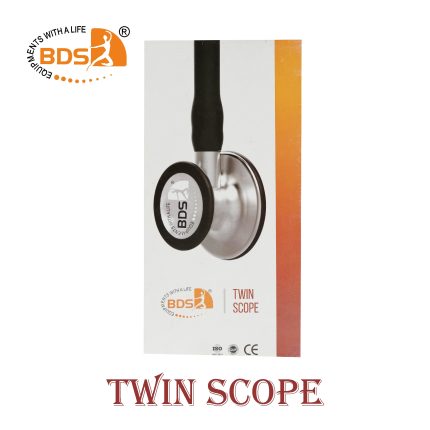
Reviews
There are no reviews yet.